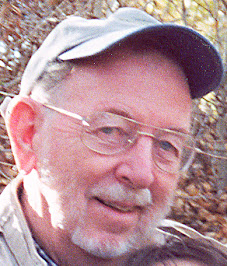 |
| Fredonia, Alabama, Community House, December 2016 |
At this time of year . . .
In this the darkest, coldest time, we are reminded, despite all the blood shed in the streets, in schools, even in places of worship here and across the world, of the possibility of better days, of peace and of love. What does it take?
Early humans, despite their relatively small size and really puny claws and teeth, apparently not only survived but began their domination of the planet in large part because they were smart enough to cooperate, both in defense against much larger and fiercer animals and in hunting and foraging. They learned, as Benjamin Franklin said to fellow American revolutionists in 1776, “Gentlemen, we must, indeed, all hang together or, most assuredly, we shall all hang separately.”
“Hangtogetherness” thus creates group solidarity and some accompanying level of peace, at least within the group; and perhaps of love, too, as people begin to really appreciate those others they are hanging with.
The importance of hangtogetherness for group survival and success seems to be why some version of the Golden Rule has been adopted by all the world’s major religions and cultures. The Islamic Golden Rule, in verse 4:36 of the Qu’ran, declares: “Do good to parents, kinsfolk, orphans, those in need, neighbours who are near, neighbours who are strangers, the companion by your side, the wayfarer ye meet . . . for Allah loveth not the arrogant, the vainglorious.” The Jesus of the Sermon on the Mount prescribed a revolutionary expansion of the scope of the Rule: “You have heard that it was said, ‘You shall love your neighbor.'" (Leviticus 19:18) But I say to you, Love your enemies and pray for those who persecute you.” (Matthew 5:43-44)
Robert Kennedy, speaking in 1966 to University students in South Africa opposing Apartheid, said “Let no man think that he fights this battle for others; he fights for himself, and so do we all. The Golden Rule is not sentimentality, but the deepest practical wisdom. For the teaching of our time is that cruelty is contagious, and its disease knows no bounds of race or nation.” Indeed, cruelty is contagious. And so is love. As Martin Luther King Jr. said, “Returning hate for hate multiplies hate. Darkness cannot drive out darkness; only light can do that. Hate cannot drive out hate, only love can do that.”
The take-home and take-to-heart message: Make friends, not enemies. Make peace, not war.
The take-home and take-to-heart message: Make friends, not enemies. Make peace, not war.







